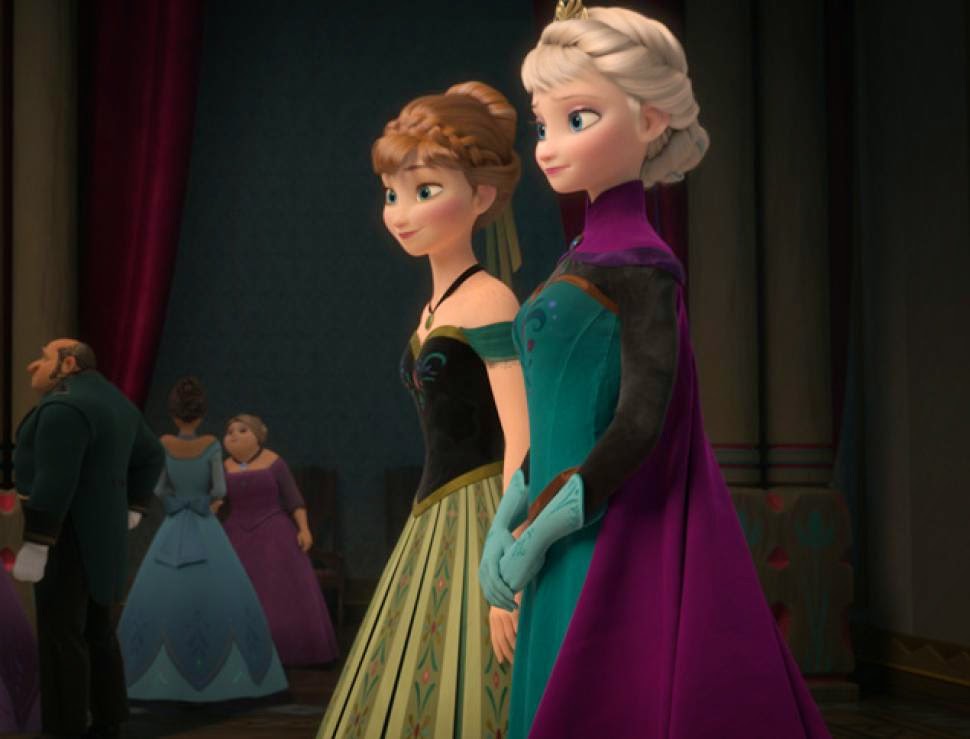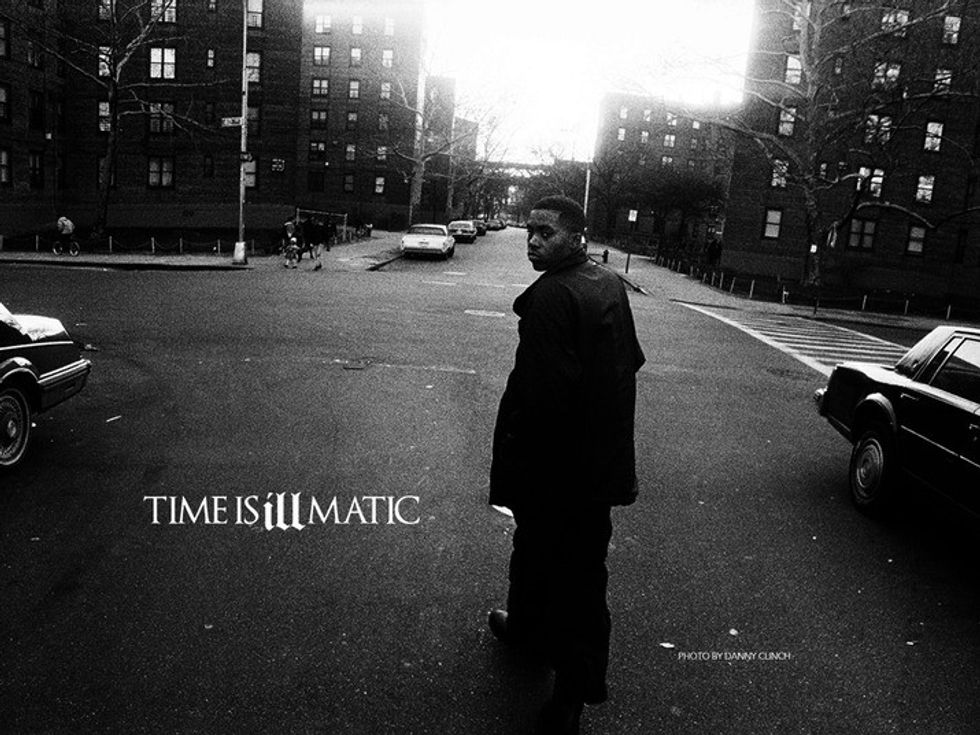 |
| Image Source: time.com |
They're not members of the Academy, and they don't vote as Oscar handicappers. But the consensus selection of critics groups indicates wins for Boyhood, The LEGO Movie, J.K. Simmons and Patricia
So, for the sixth consecutive year, TIME has tabulated the votes of awards-giving movie societies — 34 this time, listed at the bottom*. Canvassing Kristopher Tapley’s In Contention awards blog, I assign one point to the winner in each category from each group; ties get a half-point. No points for runners-up or for subsidiary actor categories such as Breakout, Ensemble or Youth in Film.
We won’t know whether the Academy agrees with the critics until Oscar night, Feb. 22. For now, check out all the winners and contenders in 10 categories, plus my speculation on how the members of the Academy might vote.
Best Actor: Michael Keaton, Birdman, 16½; Jake Gyllenhaal,Nightcrawler, 7; David Oyelowo, Selma, 3; Tom Hardy, Locke, 2; Timothy Spall, Mr. Turner, 2; Ralph Fiennes, The Grand Budapest Hotel, 1; Brendan Gleeson, Calvary, 1; Eddie Redmayne, The Theory of Everything, 1; Oscar Isaac, A Most Violent Year, ½.
Keaton, the critics’ consensus fave, should get a lot of love from the Academy for his gutsy performance as a worn-out actor at career crisis. Gyllenhaal finished strong as a creepy cameraman and is assured an Oscar nomination. In the battle of actors playing real-life Cambridge math geniuses with disabilities, Redmayne’s Stephen Hawking is a flashier and, oddly, cuddlier turn than Benedict Cumberbatch’s Alan Turing in The Imitation Game. The Screen Actors Guild, which has many members among Academy voters, nominated Cumberbatch, Gyllenhaal, Keaton, Redmayne and, for Foxcatcher, Steve Carell. Fingers crossed that fifth place goes to Fiennes’ grandly mannered performance in the most substantial box-office hit on this list.
Best Actress: Rosamund Pike, Gone Girl, 11; Marion Cotillard,Two Days, One Night and/or The Immigrant, 8; Julianne Moore, Still Alice, 5; Reese Witherspoon, Wild, 4; Essie Davis,The Babadook, 2; Gugu Mbatha-Raw, Belle, 2; Patricia Arquette,Boyhood, 1; Tilda Swinton, Only Lovers Left Alive, 1.
The Oscar shortlist should be Moore (a four-time nominee), Witherspoon (winner for Walk the Line in 2006) and the English back-bencher Pike, promoted to Cabinet status as Amy the Gone Girl, plus Felicity Jones as Hawking’s wife Jane in The Theory of Everything and maybe Jennifer Aniston in Cake; those are also the five SAG finalists. Cotillard, a 2008 Oscar winner for playing Edith Piaf in La vie en rose, has little chance of getting the Oscar benediction for either of her 2014 roles. Plaudits to the Central Ohio and North Carolina critics for fêting Davis as the beset mom in The Babadook. The L.A. critics named Arquette in this category, which you can slide into Supporting Actress to pad Arquette’s enormous lead.
Best Supporting Actress: Patricia Arquette, Boyhood, 20½; Tilda Swinton, Snowpiercer, 4; Jessica Chastain, A Most Violent Year, 3½; Carmen Ejogo, Selma, 1; Keira Knightley, The Imitation Game, 1; Agata Kulesca, Ida, 1; Rene Russo,Nightcrawler, 1; Octavia Spencer, Black or White, 1; Emma Stone, Birdman, 1.
The Oscar is already Arquette’s. She has a signature role in a movie the Academy will want to honor several times, and her competition is slim-to-none. Chastain has a shot at an Academy nomination for a late-screening film, though she didn’t make the SAG shortlist. The final five there: Arquette, Knightley, Stone, Meryl Streep in Into the Woods and Naomi Watts in St. Vincent.
Best Supporting Actor: J.K. Simmons, Whiplash, 25½; Edward Norton, Birdman, 7; Mark Ruffalo, Foxcatcher, 1; Tyler Perry, Gone Girl, ½.
The lopsided lead for career utilityman Simmons accurately reflects his status as prohibitive favorite in this year’s Oscars. If he had any serious competition, and he doesn’t, it would be Norton, who does the gaudiest, most enjoyable work in Birdman. SAG filled out its card with Ruffalo, Robert Duvall in The Judge(arguably a leading performance) and Ethan Hawke as the dad inBoyhood.
Original Screenplay: The Grand Budapest Hotel, 13;Birdman, 7½; Nightcrawler, 3; Selma, 2; Boyhood, 1½; Beyond the Lights, 1; Calvary, 1; The LEGO Movie, 1.
The first five titles here could be the Academy quintet of nominees — unless the members blame the Paul Webb script forSelma‘s treatment of Lyndon Johnson as the challenger, not the champion, of Martin Luther King Jr. in the push for voting rights. The Writers Guild of America, whose stringent rules excluded both Selma and Birdman (a sure Oscar screenplay nominee) from eligibility, chose these five finalists: Boyhood,Foxcatcher, The Grand Budapest Hotel, Nightcrawler andWhiplash.
Best Adapted Screenplay: Gone Girl, 12; Inherent Vice, 2½;Guardians of the Galaxy, 1; The Imitation Game, 1; Obvious Child, 1; Whiplash, 1; Snowpiercer, ½.
Not much competition for Gillian Flynn, who wrote the Gone Girl novel and screenplay. The WGA nominees were American Sniper, Gone Girl, Guardians of the Galaxy, The Imitation Game and Wild. The script for The Theory of Everything, which the WGA deemed ineligible, is a likely Oscar finalist. And if you’re wondering why Whiplash got an Original Screenplay nomination from the WGA and an Adapted award from the Indiana critics group, it’s because director Damien Chazelle made a short version of his movie to raise money for the feature.
Best Documentary: CITIZENFOUR, 16; Life Itself, 12; The Overnighters, 2; Glen Campbell: I’ll Be Me, 1; Keep On Keepin’ On, 1.
It’s a battle between two dominant personalities: one in the world of film (critic Roger Ebert for Life Itself), the other in the whole world (whistleblower Edward Snowden forCITIZENFOUR). Both films made the preliminary round of 15 features chosen by the Academy, which also includes The Overnighters and Keep On Keepin’ On.
Best Animated Feature: The LEGO Movie, 20; The Tale of the Princess Kaguya, 3; The Boxtrolls, 2; Big Hero 6, 1; How to Train Your Dragon 2, 1.
Again, the critics’ majority favorite will snag an Academy Award. With a $257-million score at the domestic box office (fourth best for 2014), The LEGO Movie is also the year’s only blockbuster likely to win an Oscar.
Best Director: Richard Linklater, Boyhood, 22; Alejandro G. Iñárritu, Birdman, 6; Ava Du Vernay, Selma, 3; Dan Gilroy,Nightcrawler, 2; Clint Eastwood, American Sniper, 1.
Linklater, shooting his movie over 12 consecutive summers, and Iñárritu, pretzeling his cast and crew into executing labyrinthine shots lasting 10 mins. or more, would get Oscar-nominated just for pulling off impossible stunts. But what about the other three? I’d say Eastwood stands the best chance of earning a place in the Academy’s fave five — and that, in several categories, American Sniper will register more impressively with the Academy than it did with the reviewers. James Marsh (The Theory of Everything) and Morten Tyldum (The Imitation Game) might fight for a slot or each get one. But Linklater, as his overwhelming victory with the critics’ groups indicates, will be the one giving a speech on Oscar night.
Best Film: Boyhood, 17; Birdman, 6; The Grand Budapest Hotel, 3; Selma, 3; Gone Girl, 1; Goodbye to Language, 1; A Most Violent Year, 1; Nightcrawler, 1; Snowpiercer, 1.
With wins in fully half of the critics’ groups, Boyhood is also the leader in the Oscars’ Best Picture race. Birdman, Gone Girl, The Grand Budapest Hotel, Nightcrawler and Selma, plus American Sniper, The Imitation Game and The Theory of Everything, could fill eight other slots in this bounteous Academy category. The Producers Guild of America, another industry group that overlaps significantly in Academy membership, chose eight of those nine — minus Selma, and adding Foxcatcher and Whiplash— as its 10 nominees. SAG, which choses five films to compete for its Outstanding Performance by a Cast award, boiled the list down to Birdman, Boyhood, The Grand Budapest Hotel, The Imitation Game and The Theory of Everything. Again, Selmawas excluded; it’s said that Paramount didn’t get screeners of this Christmas Day release to the guilds on time. So don’t expect the critics’ year-end favorite to provide an insurmountable obstacle to Linklater’s patient story of the boy who grew up.
*The 34 organizations surveyed: local or regional critics’ groups from Austin, Boston, Boston Online, Central Ohio, Chicago, Dallas–Fort Worth, Detroit, Florida, Georgia, Indiana, Iowa, Kansas City, Las Vegas, Los Angeles, Nevada, New York, New York Online, North Carolina, North Texas, Oklahoma, Phoenix, San Diego, San Francisco, Southeastern, St. Louis, Toronto, Utah, Vancouver and Washington, D.C.; plus the African American Film Critics Association, the Black Film Critics Circle, the National Board of Review, the National Society of Film Critics and the Online Film Critics Society.
Hello! My name is Louis A. Habash and I enjoy watching a good film. Follow me on Twitter for the latest news and reviews from the movie scene.











